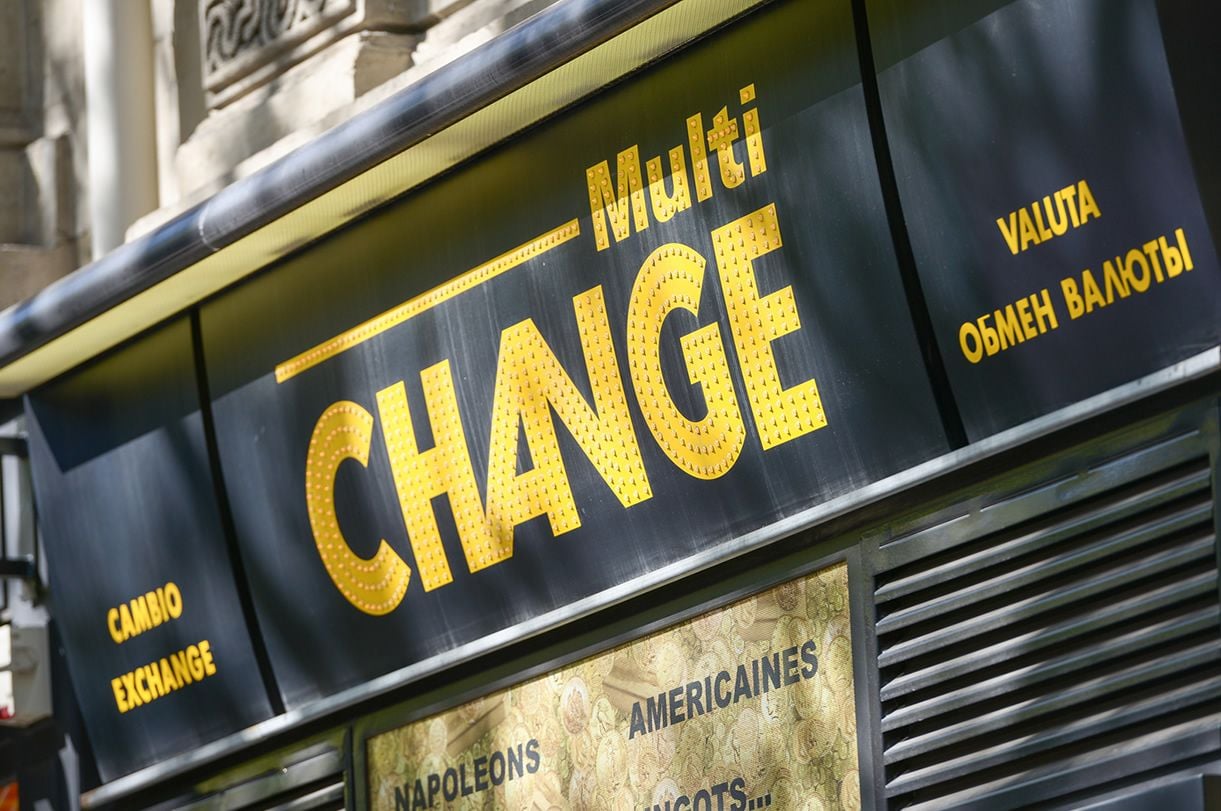New Zealand Unemployment Hits Decade Low but NZD Buckles As RBNZ Looms
- Written by: James Skinner
-

© Goodpics, Adobe Stock
Fourth-quarter unemployment data comes ahead of the latest interest rate statement from the RBNZ, which could yield a hawkish change in the central bank's language, according to one strategist.
New Zealand’s unemployment rate fell to its lowest level since the financial crisis during the fourth quarter, according to Statistics New Zealand data released late Tuesday evening, but gains for the Kiwi Dollar proved short lived.
The unemployment rate fell 10 basis points to 4.5% during the three months to the end of December, down from 4.6%, when markets had expected it to rise a fraction to 4.7%.
New Zealand’s labour cost index, which shows changes in the overall costs of employment, rose by 1.8%. This was a slightly lesser pace than the 1.9% seen during the three months to the end of September. However, average hourly pay increased 0.8% when consensus had been for a 0.5% rise.
“Wages growth tracked sideways, but minimum wage increases begin from 1 April, and historically trickles up through to skilled workers. This wages growth coincides with the populist policy of curbing immigration, limiting worker supply,” says Annette Beacher, chief Asia Pacific macro strategist at TD Securities.
The New Zealand Dollar rose by around 50 points against the US Dollar and Sterling in response to the release, only to hand back all of its gains before the London open Wednesday.
The NZD/USD exchange rate was quoted 0.27% lower at 0.7310 during early trading in London Wednesday while the Pound-to-New-Zealand-Dollar rate was marked 0.04% higher at 1.9044.
“For the government and the RBNZ: yes the unemployment rate is higher than the 3.3% reached a decade ago, but back then the cash rate had to be lifted to 8.25% to cool the then overheating economy,” Beacher adds.
December’s unemployment data comes ahead of the latest interest rate decision from the Reserve Bank of New Zealand.
Economists are unanimous in expecting it to hold its cash rate steady at 1.75% but markets will watch closely for changes to the bank’s growth and inflation forecasts. Also for any commentary on the Kiwi Dollar.
“An unchanged OCR at 1.75% is a given. However, look out for RBNZ Governor Spencer having to comment on the Trade Weighted Index, at 75.4, it may no longer be 'fair value',” Beacher warns.
Pricing in interest rate derivatives markets, which enable investors to protect themselves against changes in rates, currently suggests that markets don’t fully expect an interest rate hike before February 2019.
Those same interest rate derivatives assign only a 50% probability to a rate hike in August this year, despite a broadly positive performance from the economy and a hefty fiscal stimulus package unveiled in Prime Minister Jacinda Ardern’s budget.
“Our bias is skewed towards a slightly hawkish tone via GDP growth upgrades and forthcoming outsized fiscal stimulus lifting the medium-term inflation outlook,” Beacher concludes.
"OIS is dead flat at 1.75% through to August, so a hawkish surprise could see a swift re-pricing of the curve and NZD could rally past recent resistance of $US0.742."
Advertisement
Get up to 5% more foreign exchange by using a specialist provider to get closer to the real market rate and avoid the gaping spreads charged by your bank when providing currency. Learn more here.









